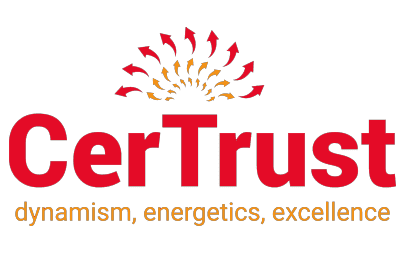The Role of Animal Parts in Fertilizer and Compost
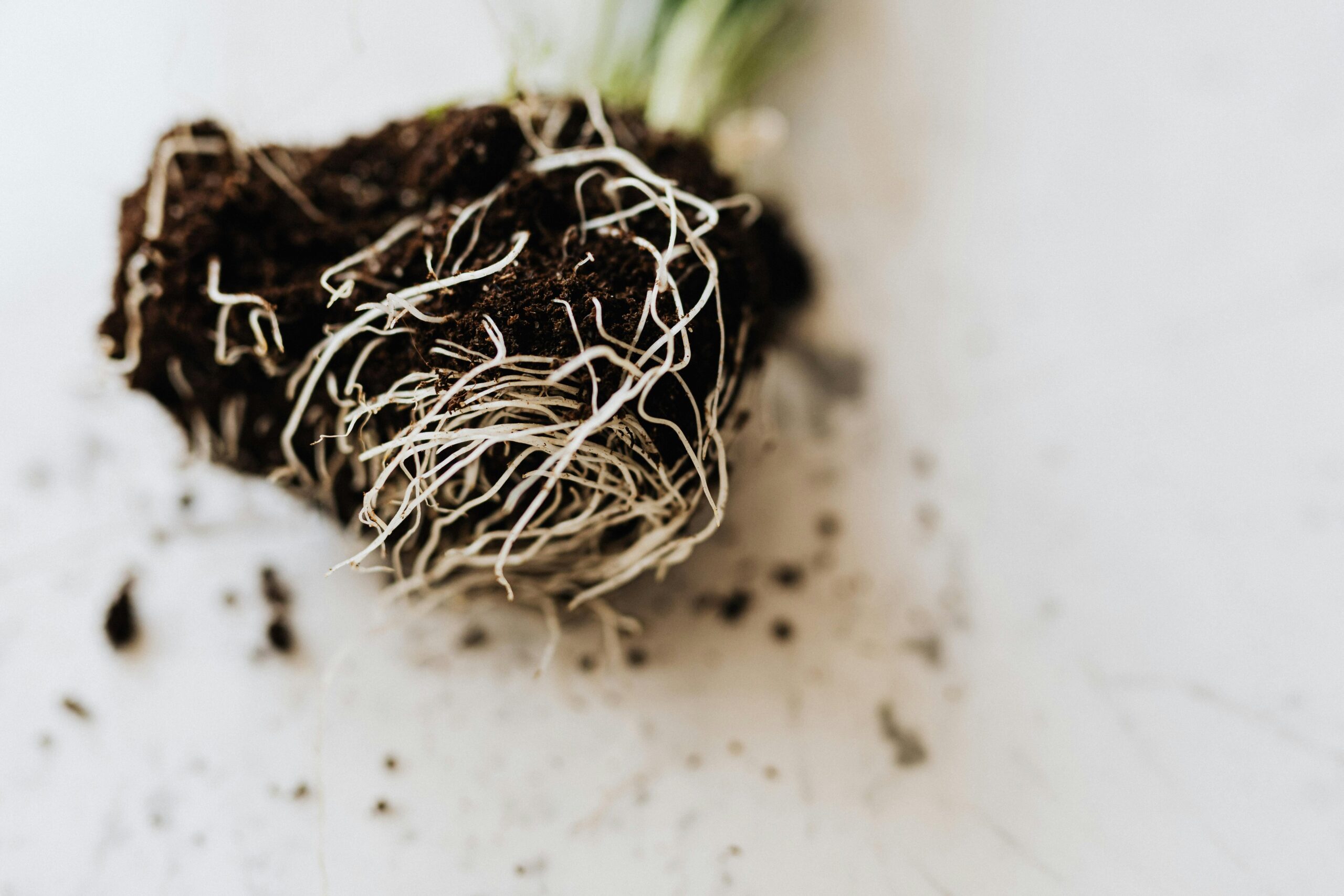
From traditional farming methods to modern composting techniques, animal-derived materials play a crucial role in enriching soil health and promoting sustainable agriculture. Manure has long been utilized in agricultural practices, contributing to the fertility of soils and the growth of crops. But how are other animal byproduct derivates used in EU fertilizers, especially in compost? In this article, the […]
Cultivating Success: The Potential of Fertilizer Enzymes
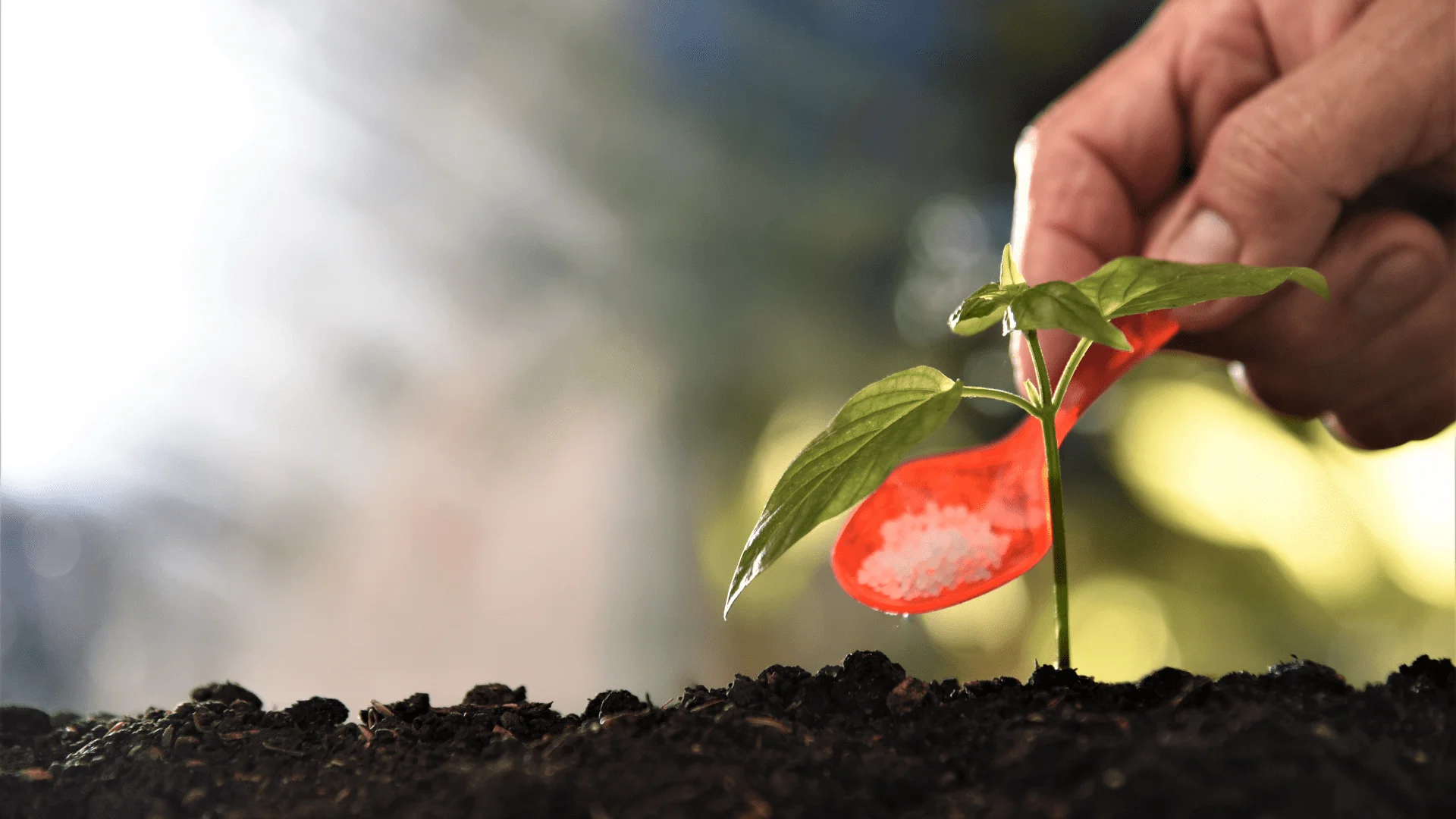
The article discusses the potential of fertilizer enzymes to revolutionize crop cultivation, improve nutrient uptake, enhance plant defense mechanisms, and increase overall yield for sustainable agriculture and global food security.
DOROTTYA LŐRINCZ: “THE SUBSTANCES WE USE FOR OUR SKIN CAN ALSO WORK FOR PLANTS”
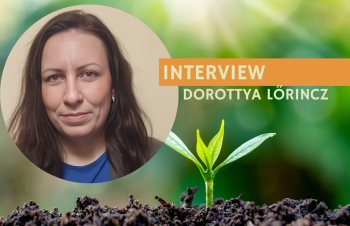
Dóri joined Certrust with a solid background in the cosmetics industry. She now puts her previous knowledge to use while learning Spanish with us. An engineer and auditor, Dóri is becoming increasingly adept at managing human relationships with our partners. She is also an excellent judge of a company’s true potential: connected to the international […]
DR. ILDIKÓ VARGA: “BIOSTIMULANTS FOR BIOEFFICIENT AGRICULTURE”
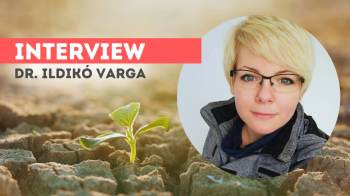
A pillar of the EU’s common agricultural policy is the new EU regulation on crop improvement. Dr. Ildikó Varga, an expert on biostimulants, is a vibrant personality and a new addition to Certrust’s professional palette. In her opinion, the newly introduced regulation has made the field of fertilizers so complex that the legislation can only […]
CONFORMITY ASSESSMENT PROCEDURE FOR CE MARKING OF FERTILISING PRODUCTS: THE ROLE OF PROFESSIONALS
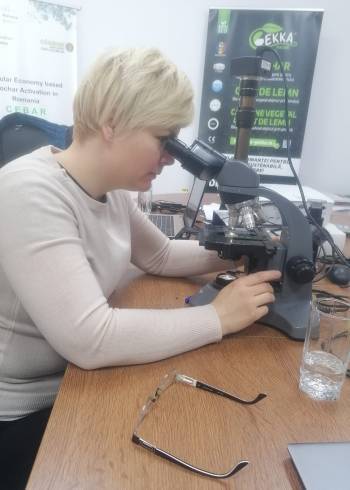
The use of fertilising products is essential in modern agriculture to ensure optimal plant growth and maximum yield. However, it is equally important to ensure that such products meet safety and environmental standards. This is where professionals who deal with the conformity assessment procedure for CE marking of fertilising products come into play. The conformity […]
WHAT IS THE MAIN DIFFERENCE BETWEEN THE EU 2019/1009 AND THE 2003/2003/EC FERTILIZER REGULATION?
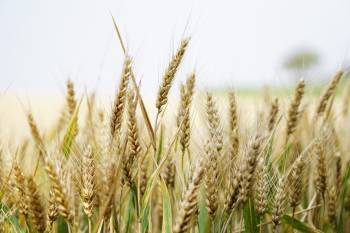
The main differences between the two regulations are: 1. Scope: The scope of the new regulation is broader than the old one.The new regulation covers a wider range of fertilizing products, including organic and waste-based fertilizers, while the old regulation only covered mineral fertilizers. 2. Requirements: The new regulation introduces new requirements for the quality and safety […]
EU FERTILISER PRODUCTS REGULATION AND – PART 1 – THE OBLIGATIONS OF MANUFACTURERS AND DISTRIBUTORS REGARDING FERTILISERS
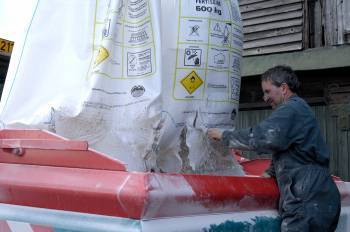
In this summary, we look at the first part of the regulation that entails the obligations of manufacturers and distributors regarding fertilisers. Fertilising products here refer to a substance, mixture, micro-organism, or any other material applied or intended to be applied on plants or their rhizosphere or on mushrooms or their mycosphere, or intended to […]
TYPES OF EU FERTILISERS
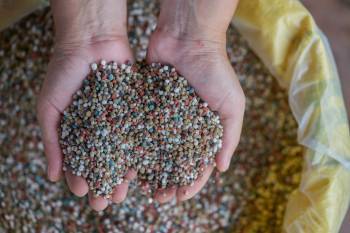
Organic fertilisers are another category. These are typically produced from an organic matter of plant or animal origin, serving as either nutrient supply to crops or as a conditioner to improve soil structure. Likewise, mineral fertilizers are made out of substances of mineral origin and can have multiple functions. Compost is another category that refers to […]
Tagged AN-fertilizer-newsYield enhancer-news